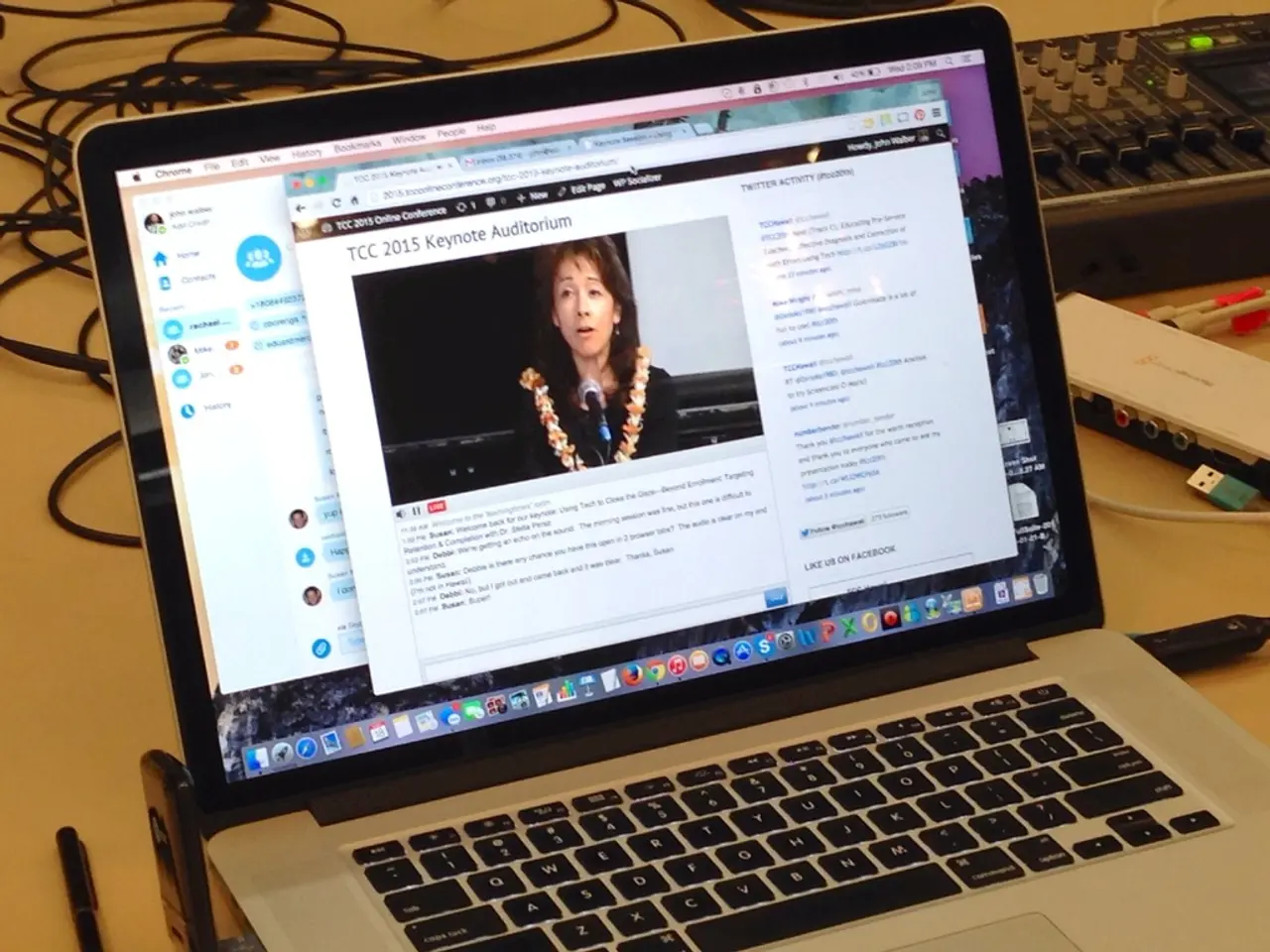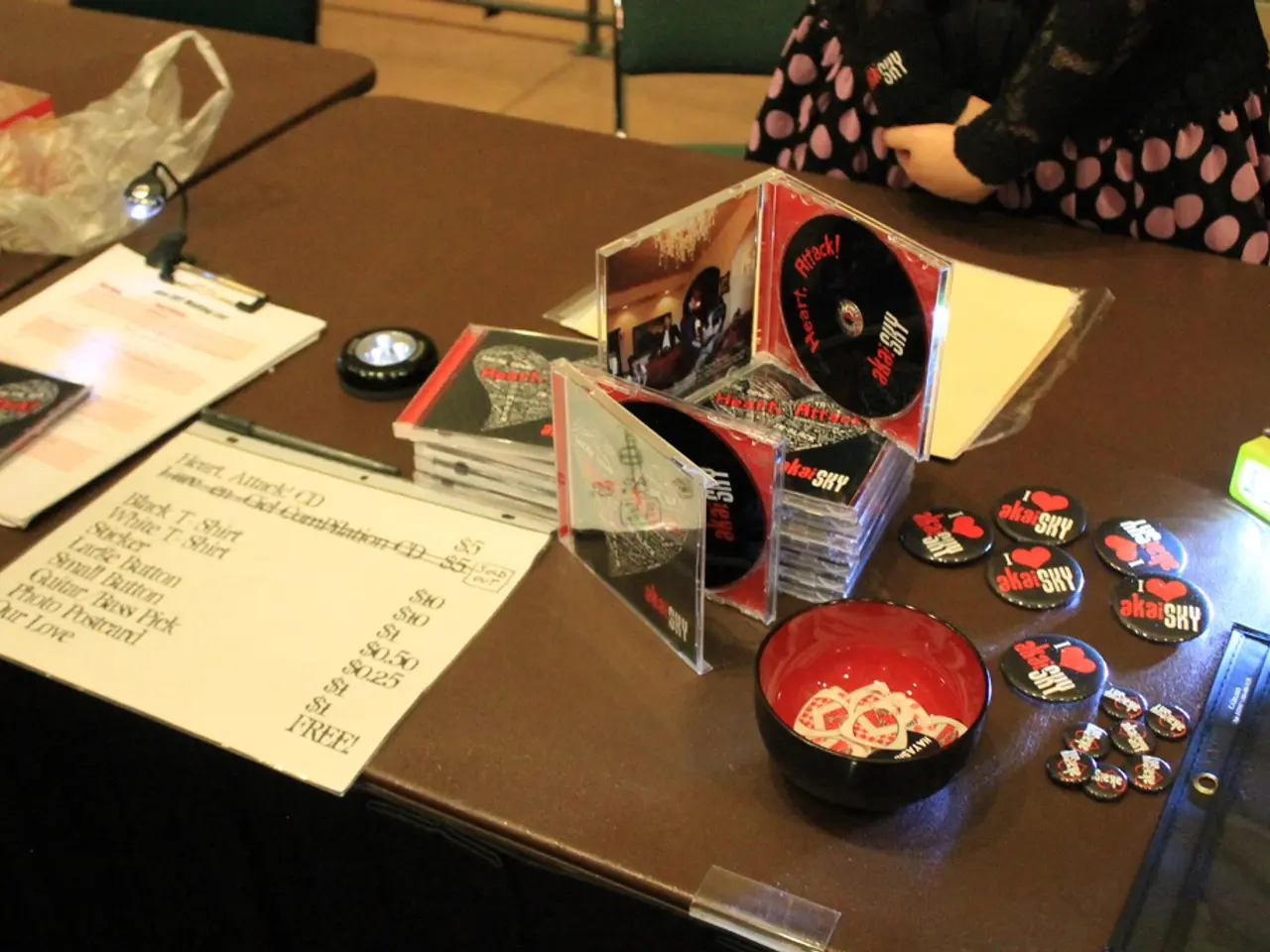Birth of Modern Computing: The Manchester Baby's Genesis
In the pulsating heart of Manchester, UK, a historical milestone unfolded in 1948: the world's first modern computer, famously known as the Manchester Baby, managed to execute its very first program. The Baby, developed by a relatively inexperienced team, was a groundbreaker thanks to its ability to execute stored programs, a concept derived from John von Neumann's theory. This incredible moment in computing history serves not only as a fascinating insight into technology's roots but also a testament to the geniuses behind it. You can delve deeper into this fascinating tale at [TheChipletter].
So, what made this computational leap so extraordinary? The Manchester Baby, despite being a simple prototype, was the world's first fully electronic computer to successfully run a program from memory. Pioneering the use of a unique cathode-ray tube (CRT) as its memory store, the Baby paved the way for the modern computing age. It wasn't just number crunching; it set the stage for all future machines that would store both data and instructions in memory. During a test to find the highest factor of a number, the Baby executed an astounding 3.5 million operations over 52 minutes, an achievement that, by contemporary standards, was truly impressive.
Despite criticism that it was no more than a toy computer, the Baby's significance shines bright. It was more than just a prototype; it was living proof of the von Neumann architecture. Although debates persist about whether it or the ENIAC deserves the title of the first true stored-program computer, the Baby's impact on the evolution of computing can't be ignored.
Backing Up the Baby's Impact
- The Pioneer of Electronic Stored-Program Computing: The Manchester Baby, helmed by Max Newman at the University of Manchester, was the world's first electronic computer to run a stored program. This means it could store its instructions in electronic memory, marking a significant shift toward the fundamental principle of the von Neumann architecture where program instructions and data are stored in the same memory space.
- Validating Practical Viable Computing: By successfully executing a program on June 21, 1948, the Manchester Baby demonstrated the feasibility of the stored-program concept. This validation was crucial in showcasing that electronic digital computing machines could operate flexibly and efficiently, fueling the design of all subsequent computers.
- Paving the Way for General-Purpose Computing: The Baby is widely regarded as the ancestor of today's all-purpose computers. Its design principles laid the groundwork for later more advanced machines at Manchester and beyond, shifting computing from specialized or single-purpose devices to versatile, general-purpose machines.
Innovations on the Path to von Neumann Architecture
- Integrating Storage and Processing: The Baby embodied the stored-program concept originally theorized by John von Neumann, making it the first machine to effectively operationalize what is now known as the von Neumann architecture. This innovation integrated memory for instructions and data, enabling the computer to modify its own instructions—a crucial component of modern programmable computers.
- Embracing Electronic Memory: The Baby utilized a cathode-ray tube (CRT) based Williams-Kilburn tube for electronic memory storage, a groundbreaking approach at the time that enabled faster access compared to mechanical or punched card systems. This technology solidified the alignment with von Neumann's ideas.
The Lasting Legacy of the Manchester Baby
- Sparking Future Developments: The success of the Manchester Baby led to more sophisticated machines such as the Manchester Mark 1 and influenced other pioneering computers worldwide. It solidified Manchester as a hub for computing research and set the stage for further advancements in computer science and electronic engineering.
- Moving from Wartime Computing to Peacetime Technological Advancements: Built shortly after World War II, the Baby symbolized the transition from the wartime focus on machines like the Colossus (used for codebreaking) to peacetime applications of computing technology. This shift paved the way for the computer revolution that would soon reshape science, industry, and everyday life.
- The Manchester Baby, a groundbreaking machine, was the first electronic computer to run a stored program, paving the way for the modern computing age by implementing the von Neumann architecture.
- By embracing electronic memory in the form of a cathode-ray tube (CRT) and successfully executing stored programs, the Manchester Baby validated practical, viable computing and set the stage for the development of future general-purpose computers, marked by the integration of storage and processing.




